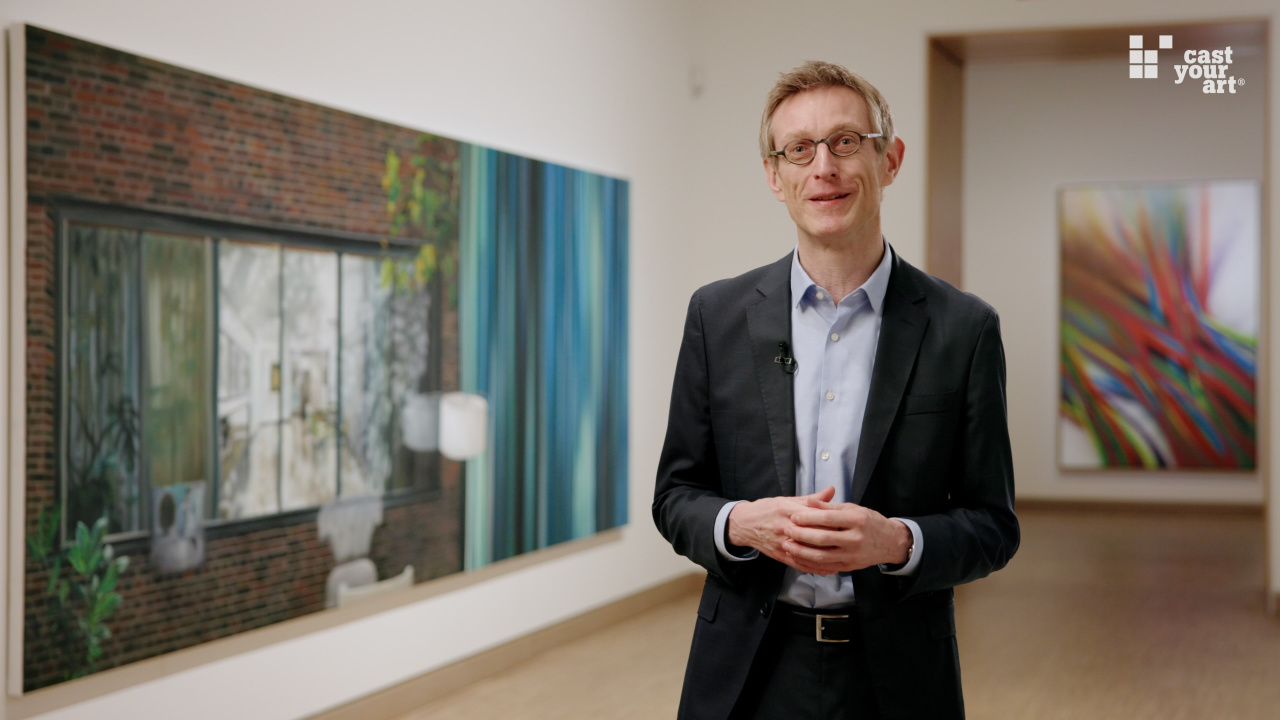Prince Eugen - General, Philosopher and Art Lover
An exhibition on the statesman and art patron Prince Eugene of Savoy-Carignan at Vienna’s Orangerie and Lower Belvedere.
This podcast was realised with the kind support of UNIQUA ArtCercles.
Prinz Eugen, as he is known in Austria, was a renowned lover and collector of art and left a vast collection of paintings, copper engravings, books and hand writings. He became one of the most influential Austrians of his time when he moved to the country after being rejected by Louis XIV for service in the French army.
As a commander he was a daredevil, willing to sacrifice human lives by the thousands
and considered a military genius by his contemporaries, but at the same time a generous patron willing to spend his enormous wealth on his collections, as if his military strategy had a counterpart in his thinking.
Two of the exhibition’s sub-headings, “general” and “art-lover” being self-evident, “philosopher” remains to be proven. Certainly the prince kept correspondence with great intellectuals of his time and his passion for the sciences were a foreboding of the age of enlightenment.
His interest lay mainly with the profane sciences. Eugene’s collector passion was different from his baroque contemporaries. He did not collect for the sake of representation or to collect rarities but out of a quest for knowledge and genuine passion for the sciences.
The philosopher Leibniz, who had entertained the idea of opening an academy of sciences in Vienna, a project which the prince was supportive of, but which eventually was abandoned, had personally dedicated a manuscript of his work outlining his philosophy of monadology, “Principes de la nature et de la grace fondés en raison” which the prince is known to have held in great esteem.
The prince had managed to put together a collection of 15000 printed works, 237 precious manuscripts, 290 volumes with etchings, and 250 cassettes with portraits in the years between 1712 and 1736. Of particular interest were books on natural history and geography. While his library “Bibliotheca Eugeniana”, prints and drawings were purchased by the Emperor Karl VI in 1737, from his heiress Princess Victoria of Savoy-Carignan -who had never met him and at once decided to sell everything- most of the artwork was bought by Charles Emmanuel III of Sardinia.
On of the most spectacular features being the 15 original paintings on loan for this exhibition and back to Vienna for the first time since the prince’s death, there will also be busts, suits of armour, sabers and other arms, tents, drapery and more items illustrating his era.
An interesting aspect is the cultural exchange with the Habsburgs enemies of the times, the Ottomans, as seen in little items of the show and elaborated in the catalogue, like fashion fads “alla turcha” in Europe or baroque-inspired architecture in the Ottoman Empire.
The exhibition remains strictly in this age though, and there is no reference to contemporary views on politics, arts and history of reception of the era. (Text: Cem Angeli)
Das könnte Sie auch interessieren

EVA SCHLEGEL. SPACES
22. June 2018
Irene Andessner - Portraits of the Self
24. December 2009
Johannes Heuer - Just No Painting
10. April 2018
REMIX. From Gerhard Richter to Katharina Grosse
10. June 2025
LAND FOR US ALL. An exhibition at the Architekturzentrum Wien
17. December 2020
Form follows Rule
12. December 2017
Rainer Prohaska - Drawing an Orange Line
1. July 2015
